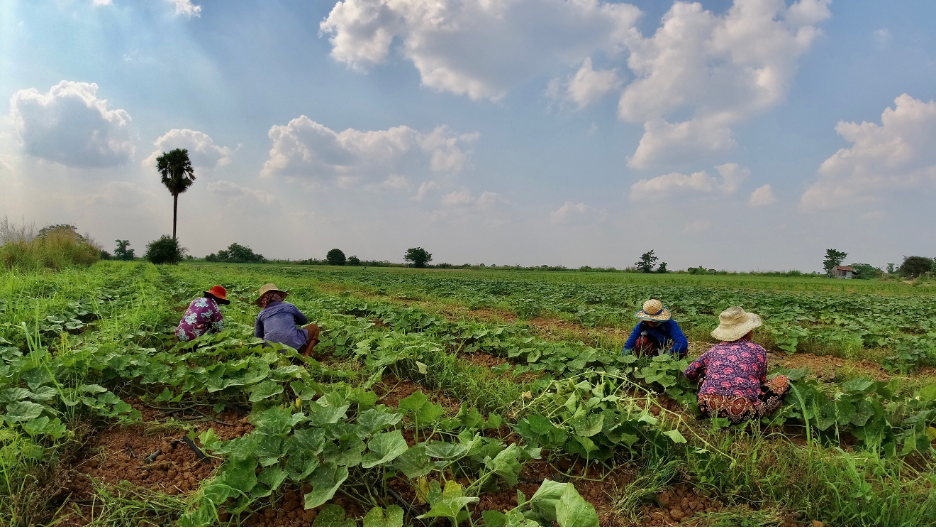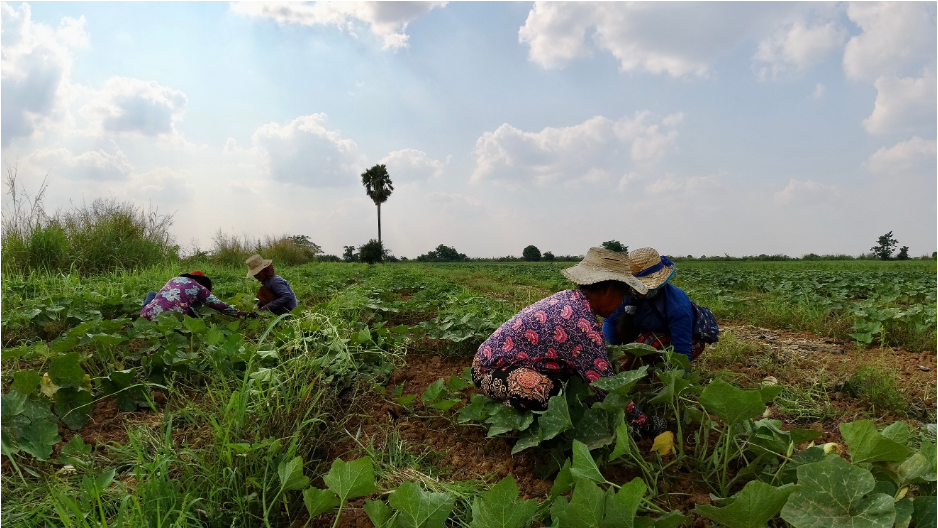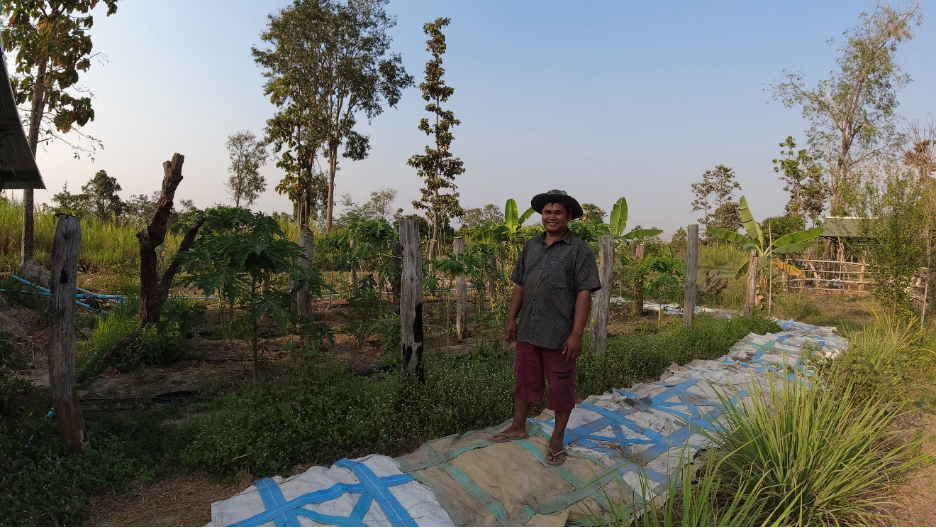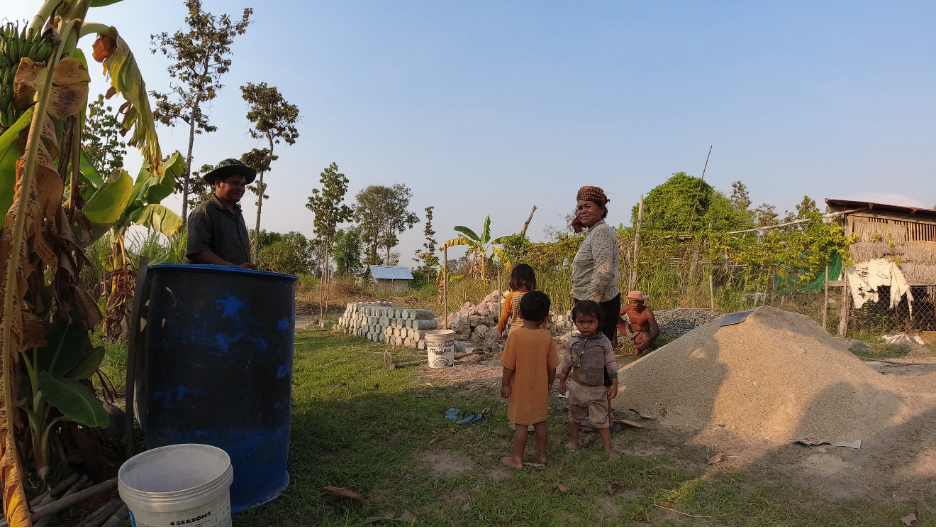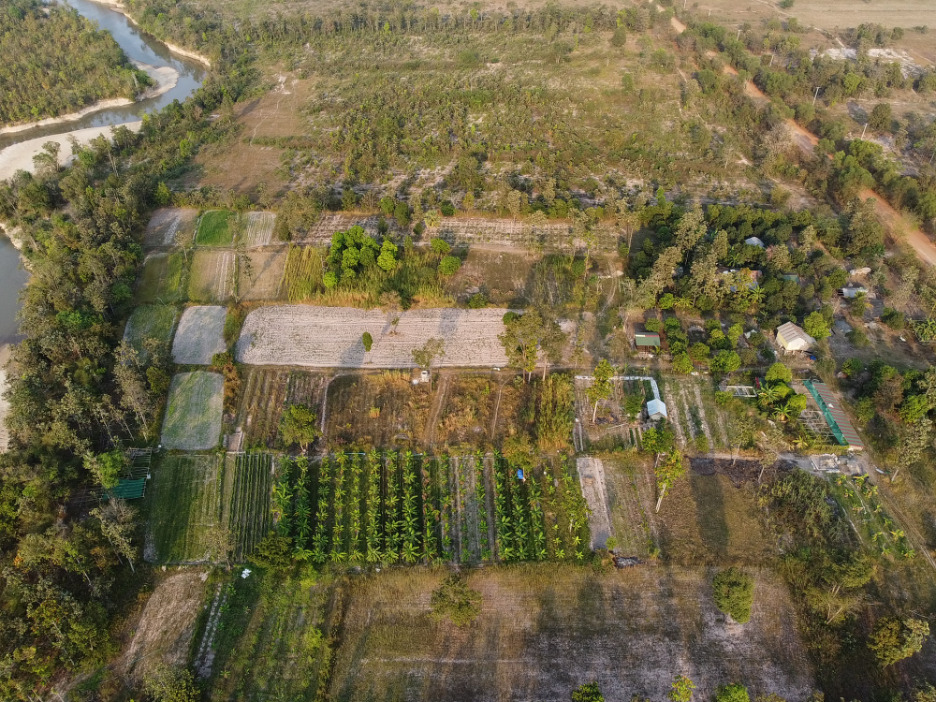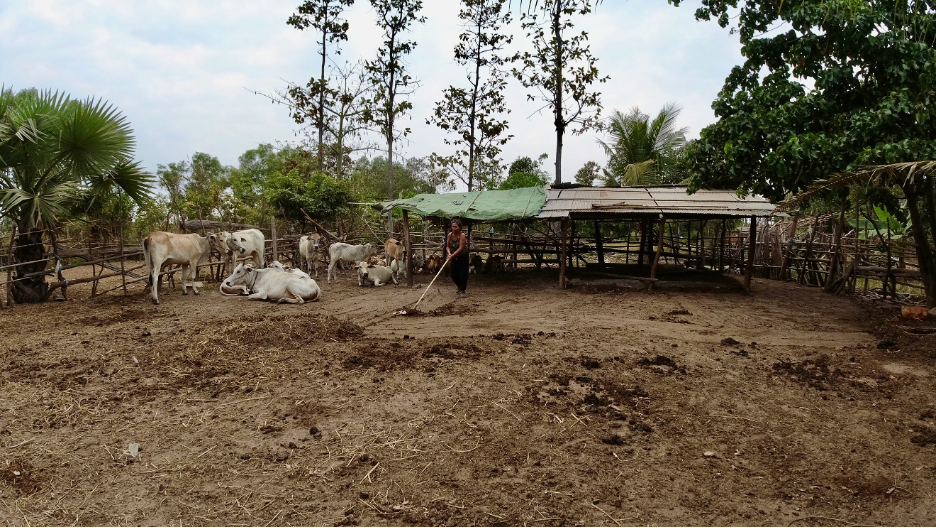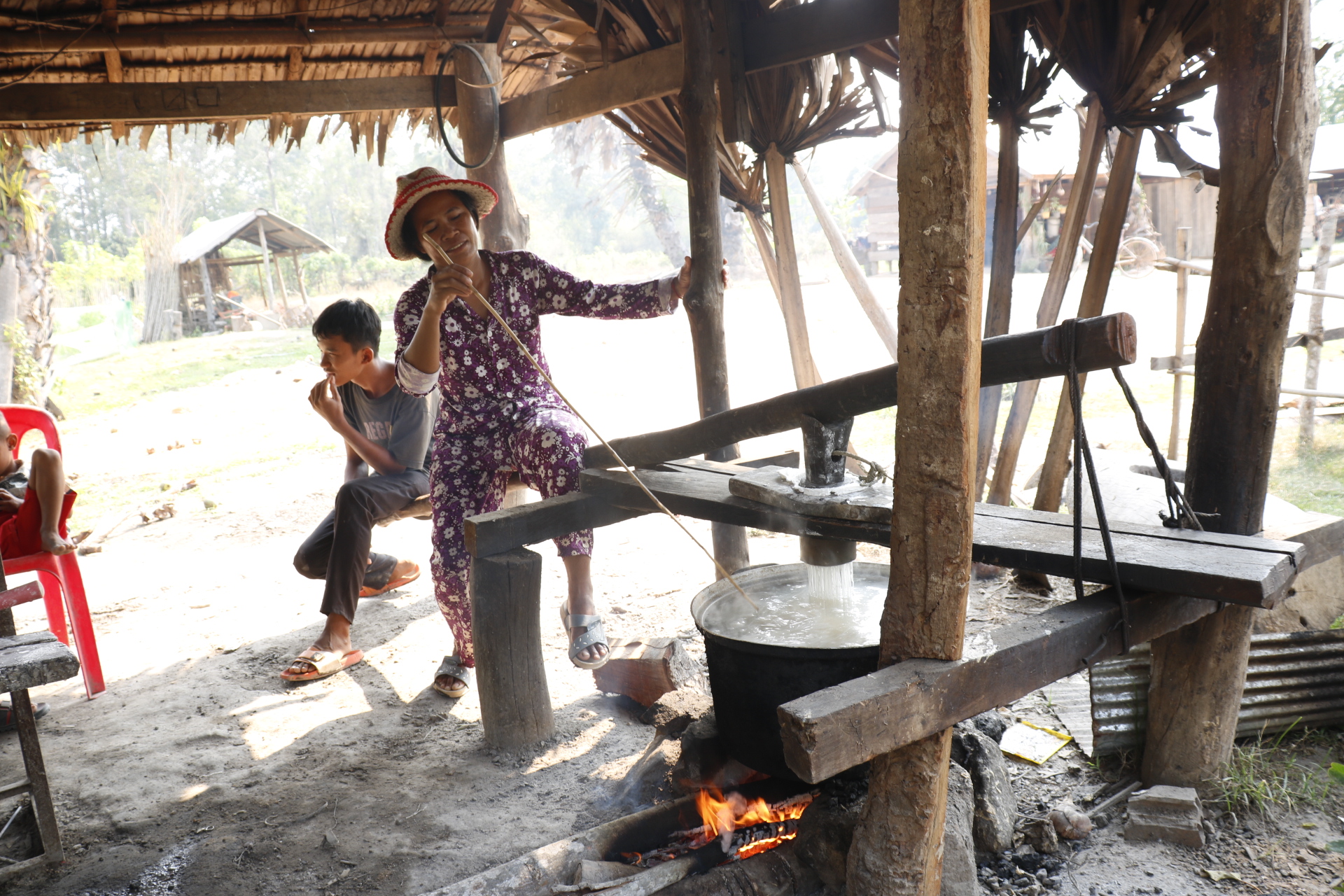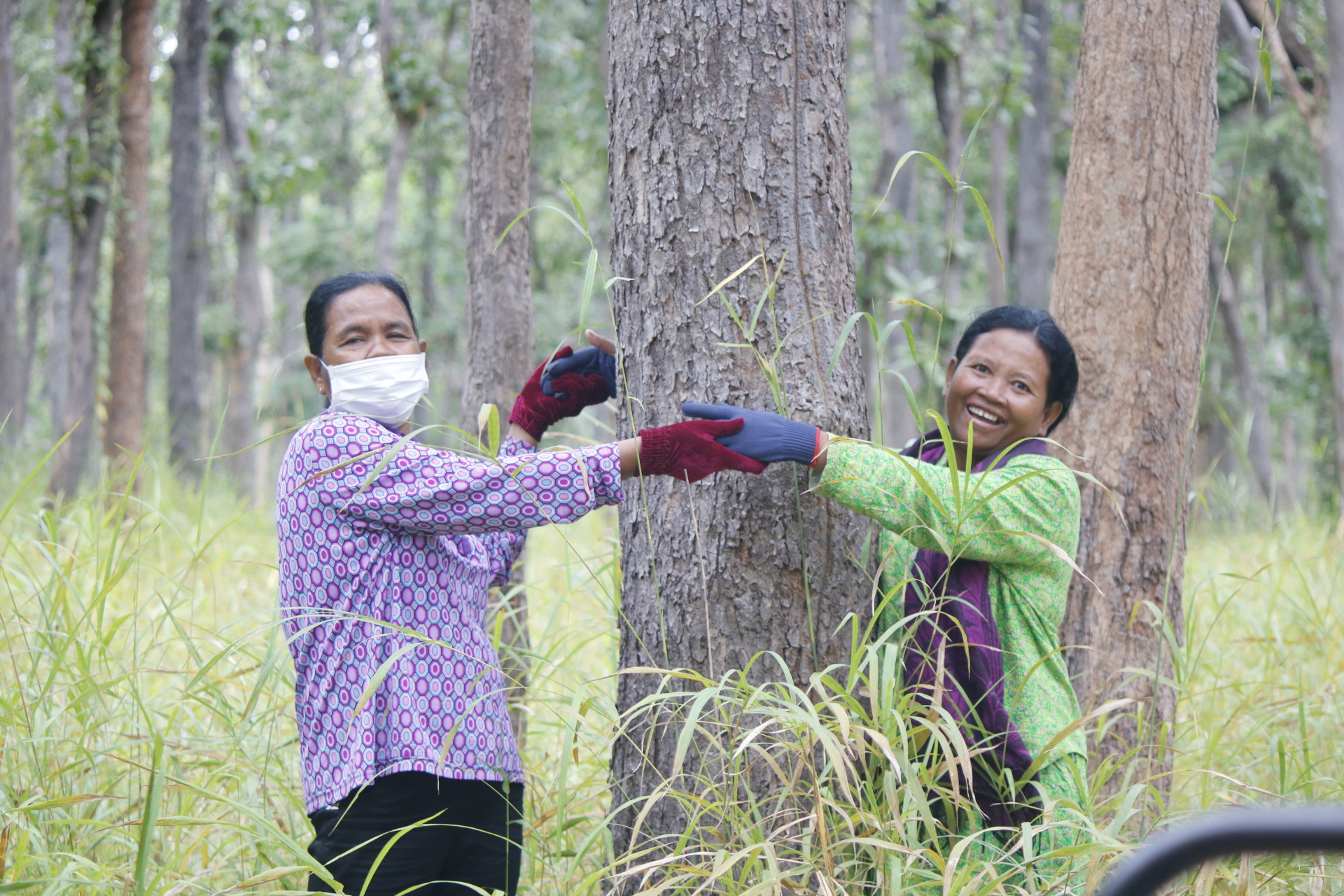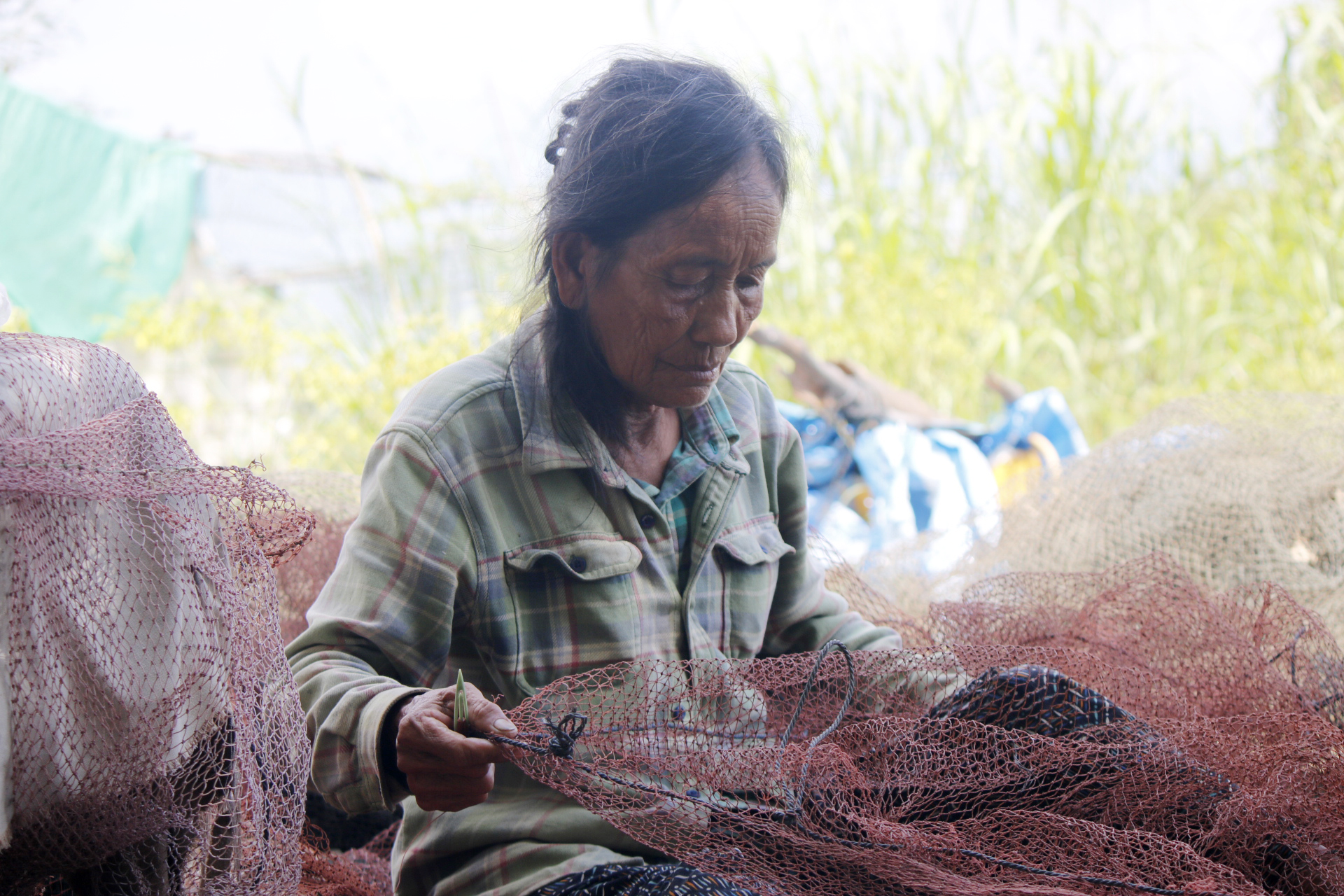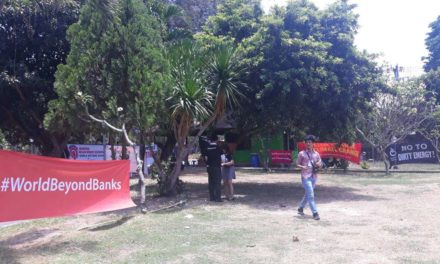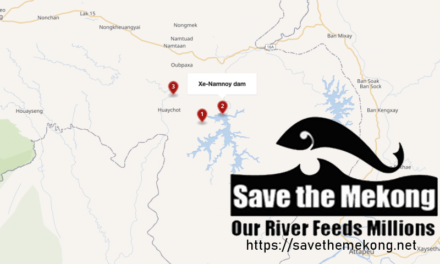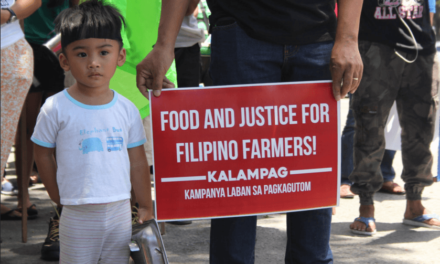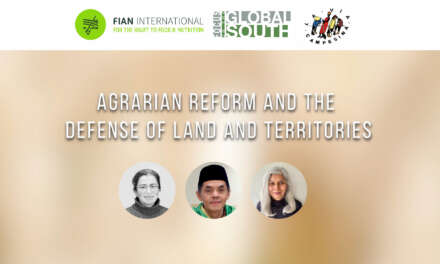“Farming is no longer interesting for young people. They do not want to get involved in agriculture work. Because it is hard work and sometimes the price of agricultural products is too cheap. For us, as we are getting old, if we do not do such work then we will not be able to go to any job to make any money. Thus, even if it is a little difficult, we have to work hard to remove weeds and take care of them by ourselves. It is just a way to get some small amount of money to support our living day by day. Most importantly, we don’t need to migrate to work outside or in another country.”
Anhchanh Rung Village, Anhchanh Rung Commune, Boribo District, Kampong Chhnang Province, Cambodia. 5th March 2022. Photos by Sun Ridan.
“Establishing planting plans, such as locating vegetable plots, raising chicken, fish, frogs, and irrigation schemes inside our farm, can make it easier to manage and grow well, especially saving time and manpower to take care of them.
Firstly, in this work, we need to spend and invest a little money and time, but later it can help us to be able to grow and harvest it whole year round. In general, the practice of natural farming or agroecology farming, which focuses on the polyculture farming system, helps us to have more vegetables to eat and sell regularly without the need for chemical inputs from the outside. It also does not affect the health of consumers and there is less risk of pest control. Most importantly, we do not need to work as a construction worker or immigrant but we can still survive.”
Anhchanh Rung Village, Anhchanh Rung Commune, Boribo District, Kampong Chhnang Province, Cambodia. 5th March 2022. Photo by Sun Ridan.
“We are getting older and older. We don’t have any job to do like younger people. As we live for a long time within our homeland, if our residential land/house has no fence or fresh lemongrass to cook then what are we living for? Since I am an older person, I can not find any paid job. What I can do then is just look after the cows, grow some vegetables, and look after our grandchildren in my free time. Besides these, we also can earn a small amount of money to fulfill our desires. The money is mainly spent for joining traditional ceremonies and alms, offering food to the monk, or buying some medicine when we get sick. Whatever we do, at least, my husband and I don’t burden our children.”
Chheu Teal Village of Pursat Province’s Tnaot Chum Commune, Krakor District. 5th March 2022. Photo by Phun Pearun.
“My husband was not hired as a construction worker because he failed to get the COVID-19 vaccine. After I conduct the home gardening, I can spend less on food and make more from selling Cambodia noodle, ranging from 2.5 to 5 dollars each day, and I can earn a modest amount of money. Those funds will allow me to sustain my family and send my children to school.”
Stoeung Khsach Sor Village, Kampong Chhnang Province’s Anhchanh Rung village/community is located in the Baribour District of Kampong Chhnang Province. 17th December 2021. Photo by Phun Pearun.
“During my patrolling of my forestry community area, I was threatened by perpetrators of encroachment and illegal logging. They threatened to rape and kill me if I walked too far and too far away, but I continued my work because I see the value and benefit of non-timber forest products and forest land to community people’s livelihood and future generations”stain my family and send my children to school.”
Bak Prea Village, Prey Chas Commune, Ek Phnom District, Battambang province. 24th August 2021. Photo by Phun Pearun.
“I live in Tonle Sap Lake Zone Three, which is flooded for six months and dry for six months. I survive on fishing when the water level is high and rely on children selling labor for tasks in the city when the weather is dry. Because of the rise in illicit fishing, it’s becoming more difficult to fish with family fishing gear, and certain conservation lakes are being pumped to kill spawning fish with the help of authorities. We’d want to cultivate some land for a living, but the authorities won’t let us since it’s Tonle Sap Lake Zone Three.”

